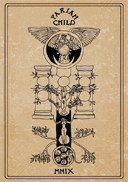Common Eider King Eider

Common Eider King Eider invokes the spirits of long ago. Solemn and cloaked, their ceremony takes shape slowly. The ceiling of the cave is certainly rather high, given the droning passage of the wind, with stick and bone piercing those gusts at intervals. Come “The Dark Winter” and the intensity is magnified a hundred fold. Cymbal splashes and the rapid rattle of wood against taut skin lend a manic edge. The monks become one with icy draughts, the choral vibrato summoning “Litha” for the final rite. Bowed strings bring a beautiful melody. But the atmosphere is fraught. A snarling man beast struggles to purge the demons within. Despair. Anguish. Time suspended. The choir steadfast. On hanging notes, that tension dissipates. Respite for the cast aside?
Enter Rob. You are very welcome in the world of Pariah Child. How are you keeping? Where have you been?
Hello, and thank you for talking with us! I think this year has been challenging, and revealing for all of us. There has been hope, and there has been devastating disappointment. The old world is being challenged, and the new world while embraced by many, is being attacked by those in power. We are being attacked. We are being left to fend for ourselves. We are being left to die.
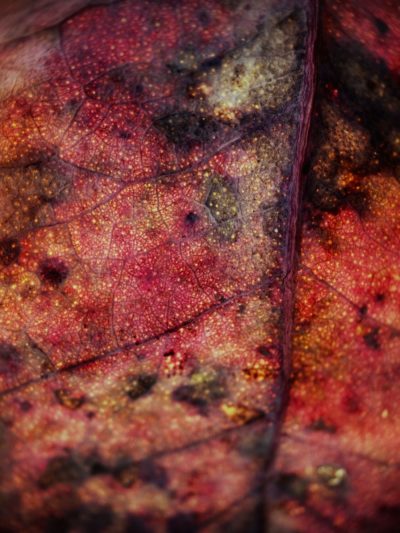
No doubt this calendar year has not gone quite according to plan. What impact has the pandemic had on your lives and how have you made the time out of time count since lockdown began?
The lockdown has been hard for me and other people who struggle with depression and substance abuse. I don’t think I have made this time in lockdown count, because it has been more about survival. It has been more about self-care and not spiralling out of control into depression and self-isolation.
Please elaborate on your relationship with animism. How does this belief inform your living breathing sound?
Animism informs all that we do. It is the very foundation of our spiritual understanding and practice. Sonically, we channel spirits present during gatherings. We aim to give some sort of voice to those without voice.
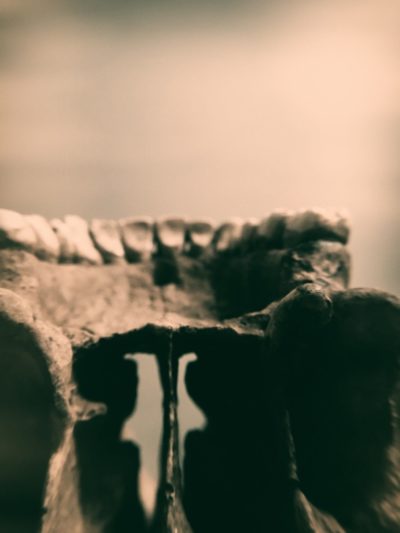
Your albums defy convention. For me, they are an experience rather than a collection of songs. So what framework, if any, do you apply to creating music?
We come up with meditative or intentional titles, and build from there. It provides a very intimate exploration of the subject for both Andee and I. We each come to topics with our own unique experience, hopes, and truths, and if we have our own intimate reasons for invoking a piece, it seems more accurate and present. This is true in recording and in live situations.
Vocal elements are woven throughout your work. But my impression is that they are largely wordless. Why is that? Do you find language too limiting? Is sound more all-consuming without the distraction?
If we aim to channel, and we are successful in any way, we feel the meaning and voice, and intention or message will be heard without words. I think what comes out is a type of language, so I what comes out might not be words but transmissions are being made.
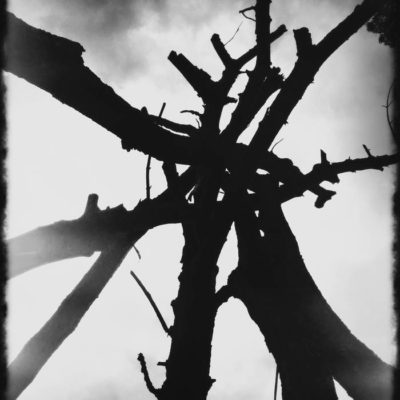
You have spoken about striving for simple titles, ones that channel and reflect personal experiences. Dare I say that the poetry of “Shrines for the Unwanted…” almost contradicts that simplicity even if the sentiment is true! Given that this album moved me deeply, would you share its story?
That album came from our first European tour. When we would arrive at a location, we would find sticks and rocks and branches to use as sound sources from the place we were performing that night. During the performance, the branches would break, rock used, dirt… At the end of the night we would sneak away to a quiet spot outside with all of the pieces used and build a shrine in the shadows for all of these spirits forgotten or cast aside… voiceless… unconsidered. We documented all of the shrines in a book. I think we built 25 shrines on that our, hidden all over Europe. I hope some are still standing somewhere, unfound.
For every species of bird, Common and King alike, the nest is paramount. Talk to me about the importance of location. Where is your ancestral home? Or as a shaman leading a nomadic existence does it really matter if you can communicate with spirits wherever you go?
I am a ghost with no one and nothing.
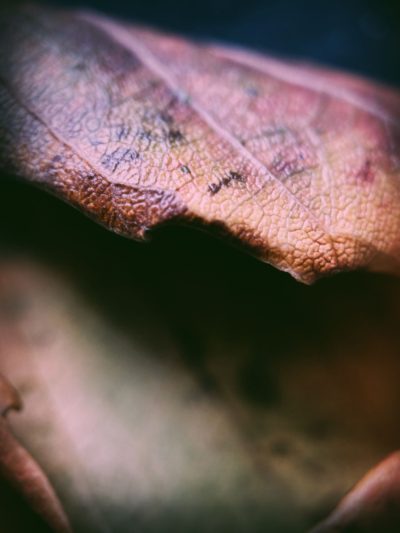
I imagine that the Pyrenees now hold a special place in your heart. Any impressions or memories you would like to share from your time spent deep in the mountains?
Hearing red deer rutting just out of sight in the late afternoon sun…
As “Égrégore” is an occult concept representing a thought form or collective group mind it seems an apt title for the first of two collaborative albums. To what extent did you achieve that elemental goal with Yan?
Collaborating with Yan is simple and easy and natural. I think that we both come from such similar foundations, that intention wise, it was effortless and fluid. We didn’t talk much beyond the initial framework of the concept for this recording. We would meet late at night after his family had been put to sleep… sit in silence for some time… and then start recording.
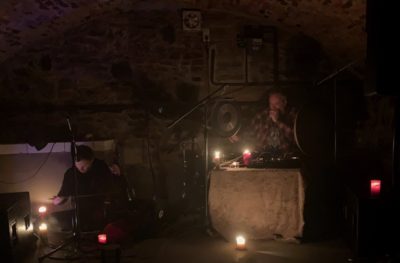
My copy of “Palimpseste” is in the post so I cannot compare the two movements. From your perspective, how would you describe these differing creative journeys? Has the emphasis shifted somehow with Cober Ord’s participation now more pronounced?
As it is true both Yan Arexis, and Yan H. both originally comprised Cober Ord, it is currently the solo project of Yan H. “Égrégore” sounds more like the creative / ritual / sonic process of sitting still in a space and letting the voices be heard on a slow unfolding time scale. “Palimpseste” correlates to driving all throughout the Pyrenees and exploring caves and streams and forests and Neolithic sites and assembling field recordings and moments much in the vein of musique concrete. I have so much trust and admiration and inspiration for both of those individuals that they will both stay with me and influence me musically and ritually moving forward.
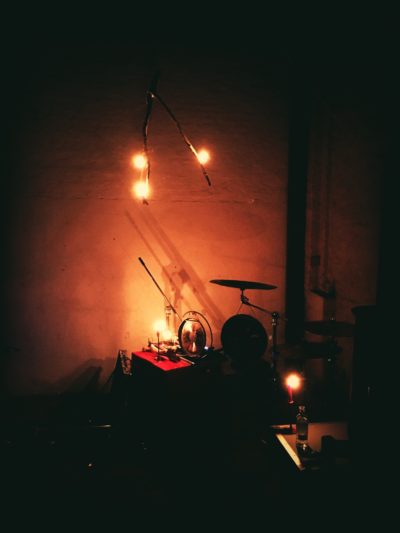
Having never had the pleasure of communing with your live aura, what do you consider essential instrumentation to be able to perform? The bare bones of your craft if you will. I have had a vision that you brought an empty suitcase on tour. Before playing any given gig, you would explore the surroundings and gather together natural elements of the district: sand and shells, soil and leaves, bark or pine needles to sprinkle over the stage, your altar, then played barefoot, grounded in nature, in the moment. Might it work?
That is actually exactly what we do… Ha! I think this concept will be unfolding exponentially in the future into creating total environments or installations for both ourselves and the participants.
Have you a favourite plant?
Mugwort
To what extent do you improvise on album themes on stage? Is there a push pull relationship between channelling and recreation?
All of the arrangements we perform live are actually quite strict as far as framework goes. Framework as skeleton… as the structure that all else clings to for support. There is improvising, and there is being taken by the spirits present. I think the most exciting moments are when we try weaving different themes or sections together and experimenting with overlapping intentions and sonics….
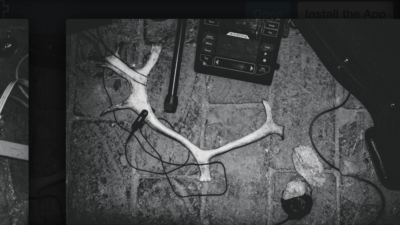
Leaving yourselves open and vulnerable in the moment, have you experienced strange or hostile moods, with or without an audience, when playing? How do you cope with that danger?
I think that when working magic, one should have a framework to operate in that offers the necessary protection. I have my personal system and ritual framework that seems to work for me. With that said, there have been some very intense experiences both live and in private that have opened doors, perspectives, emotions, wounds, both for Andee and myself, and for the participants. I kind of measure the “success” of a gathering by the types of conversations we have with participants afterwards. What went on for them. What opened up for them. Where they went. What was present for them spirit wise…
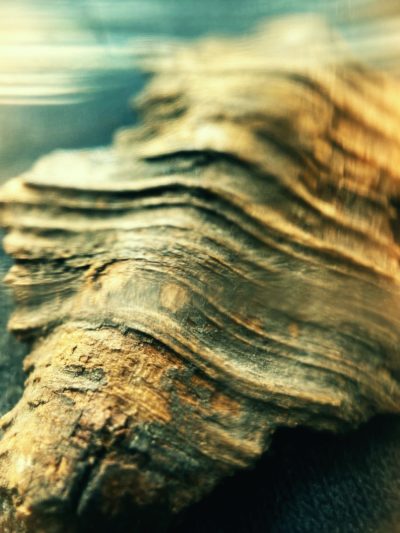
Returning to the theme of animism, I imagine that you have played in some natural spaces. But how do those energies contrast to the urban environment?
I feel that there are just as many spirits present in urban environments and natural environments… Maybe some are of the same family or clan, and others are unique to location. I feel it is important when going into a situation of channelling or spirit communion to not bring your own expectations or spirits that you work with or spirits from your own place… You have to be totally open to what is going to happen. You have to be totally open to the spirits of that place that want to interact with you. I feel in both places there is sadness and loss and warning.
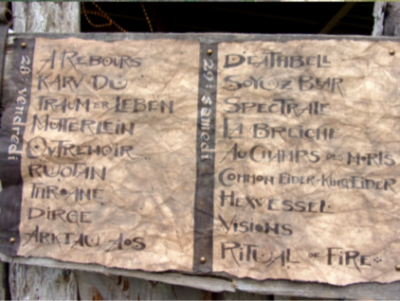
What was your most striking live experience to date?
L’Homme Savage Festival 2018. The most amazing (festival) experience I have ever been witness to. When we got done playing, I looked up and 300 people were in various states of trance… sitting… lying in the grass…. a fire built in the middle of the audience. One of the most beautiful experiences of my life.
There must be more ideas, perhaps even fully formed albums, bubbling towards the surface. Where will you go next?
Live installations…. 10 hour overnight dream performances where as people sleep, we try to influence their dreams.
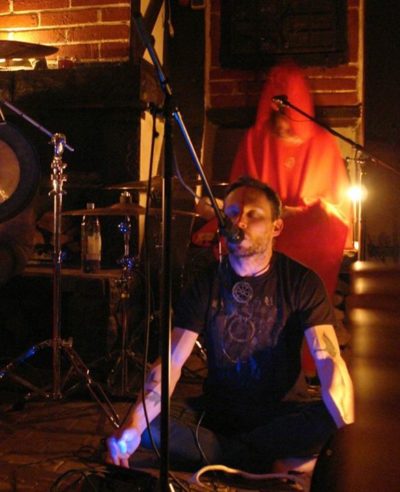
Have you been reading much lately? Enlighten us!
Cormac McCarthy, Georges Bataille. Also the Baedan Journals.
We have come full circle. If you can find the words to express your parting thoughts cast them now…
Thank you for taking the time to present us with such thoughtful questions! May these times bring about community which we never imagined. May it open our eyes to the care we might give outside of ourselves. May it expose those who would do harm. And may it shine light on all we take for granted, so that we move forward in a different manner.
Danny Angus
July 2020
To be expanded in tbe next print publication of Pariah Child…
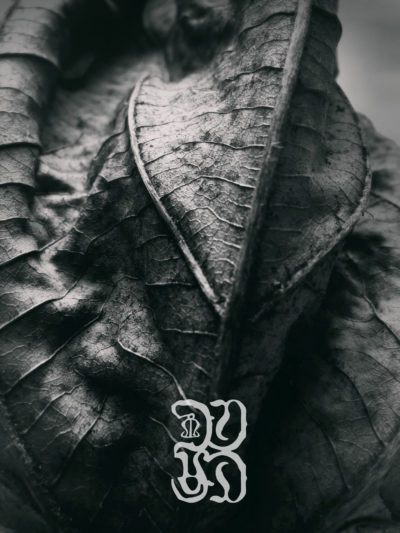
To order any item from our catalogue, please email pariahchild@yahoo.co.uk for current pricing, shipping, and bundle discounts.

 Common Eider King Eider
Common Eider King Eider 